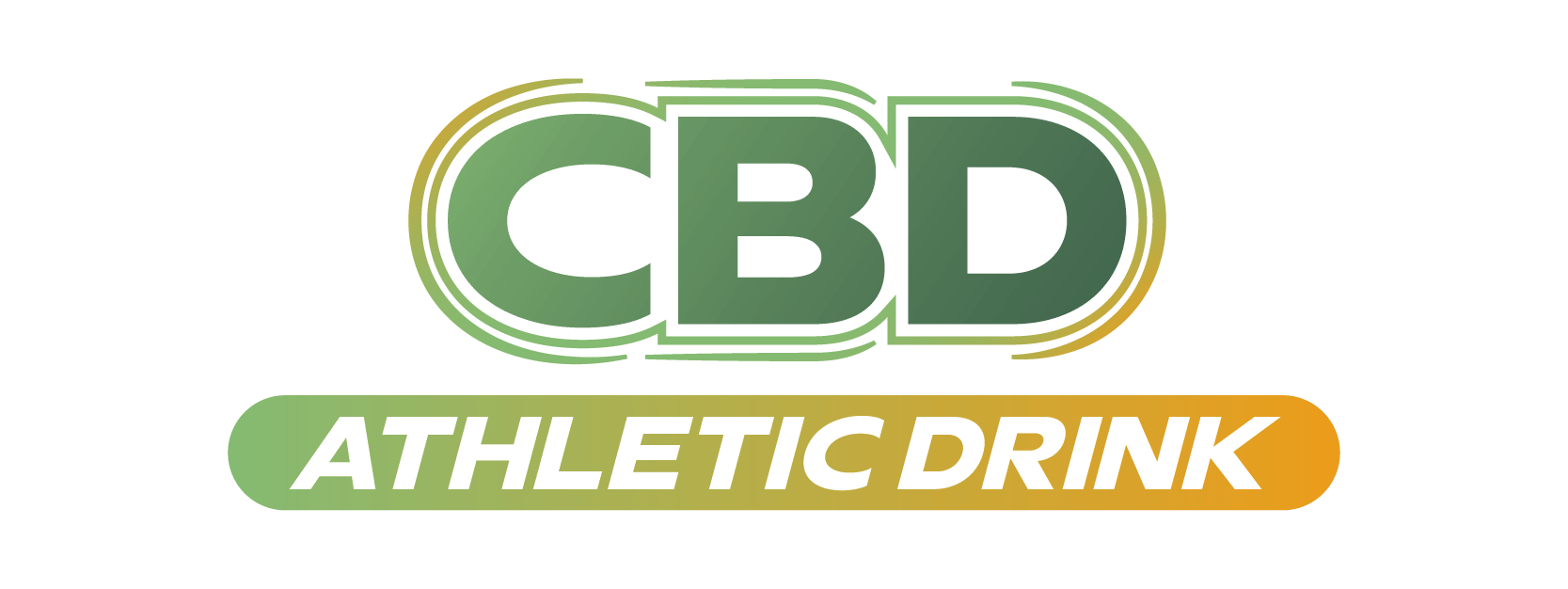CBD’s therapeutic potential depends heavily on how it’s delivered. Whether taken as a liquid, capsule, or topical, each form affects how much CBD reaches the bloodstream—a factor known as bioavailability. Understanding these absorption differences helps consumers and clinicians make more informed choices about dosing and effectiveness.
The Science of Bioavailability
Bioavailability measures how much of a compound becomes active in the body after administration. Because CBD must pass through various biological barriers, its absorption can vary widely. Factors like digestion, metabolism, and delivery route all influence how efficiently CBD takes effect.
Liquids: Fast and Highly Absorbent
CBD tinctures, sublingual drops, and infused beverages are designed for rapid uptake. When held under the tongue, CBD bypasses the digestive system and liver, entering the bloodstream through capillaries in the mouth.
Studies suggest sublingual bioavailability ranges from 13–35%, far higher than traditional oral forms. The onset of effects usually occurs within 15–45 minutes.
Water-soluble or nanoemulsified CBD liquids further improve absorption by reducing particle size, allowing the compound to blend more efficiently with the body’s aqueous environment. This makes liquid CBD one of the fastest and most efficient delivery methods for users seeking immediate results.
Capsules and Edibles: Slower but Sustained
CBD capsules and edibles must pass through the digestive tract before absorption occurs in the small intestine. This process subjects the compound to first-pass metabolism, where the liver breaks down a significant portion before it reaches systemic circulation.
The resulting bioavailability often falls between 4–20%, though formulations with lipid carriers like MCT oil can enhance uptake since CBD dissolves in fat. The onset time is slower—typically 30–120 minutes—but the effects last longer. Capsules are ideal for those who prefer precise, consistent doses or long-term therapeutic effects rather than immediate relief.
Topical CBD: Localized Action, Minimal Systemic Absorption
Topical CBD products—such as creams, balms, and lotions—are formulated for external application. They interact with endocannabinoid receptors in the skin to reduce inflammation, soothe soreness, and promote skin balance.
However, the skin’s natural barrier limits how much CBD enters the bloodstream. Most topicals provide localized benefits only, making them effective for targeted relief without systemic exposure.
Transdermal patches, which use penetration enhancers, can achieve deeper tissue absorption and sometimes low levels of systemic circulation, offering a slow, steady release for chronic pain or inflammation.
What Affects CBD Absorption?
Several variables influence how efficiently the body absorbs CBD:
- Carrier oils: Fat-based carriers such as MCT improve solubility and absorption.
- Nanoencapsulation: Smaller particle size enhances cellular uptake.
- Timing with food: Consuming CBD with a fatty meal increases blood concentration.
- Individual metabolism: Enzyme activity, genetics, and body composition all play roles.
Scientific Summary
Each CBD delivery form serves a unique biological purpose:
- Liquids offer fast, efficient absorption and quick relief.
- Capsules provide controlled, sustained release for consistent dosing.
- Topicals deliver targeted, local benefits without systemic effects.
The “best” form depends on individual goals—whether rapid relaxation, steady relief, or precise application. Continued research into nanotechnology and advanced carriers promises even greater efficiency and predictability, helping CBD reach its full therapeutic potential in both wellness and clinical settings.

